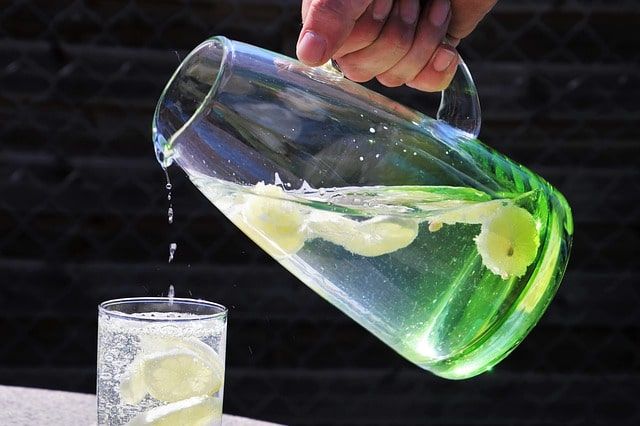Tips for proper water storage
Not only should water be safe for drinking, but also for bathing and washing dishes; for that reason, one way to guarantee such quality is to make sure that the containers are properly sanitized.

Unfortunately, constant access to drinking water is not a privilege that everyone enjoys, so many communities need to store the vital liquid to overcome its scarcity. In this sense, Alfonso García Galaz, professor at the Center for Research in Food and Development (CIAD), offers advice for hygienic storage.
The professor from the Laboratory of Polyphasic Microbiology and Bioactivities of CIAD indicates that the importance of maintaining good practices in water storage lies in the fact that, if the necessary measures are not taken, the microbiological quality of the liquid can be compromised, which leads to the reproduction of coliform microorganisms (present in fecal matter) and protozoa that could be transported in the public supply network.
Bacteria such as Escherichia coli, Salmonella spp, Giardia lamblia, or Cryptosporidium parvum, which can reproduce in unsanitary storage conditions, cause stomach infections, which, depending on different factors, can range from mild to severe. Water should be safe not only for drinking but also for bathing and washing dishes; therefore, one way to guarantee this quality is to make sure that the containers are properly sanitized.
"Tanks, one of the most popular domestic strategies for storing water, require cleaning and maintenance at least once a year, although it is best to do it every six months," he says.
Most common mistakes when storing water
Not covering containers correctly or leaving water exposed to dust and light are factors that can favor the growth of pathogenic microorganisms. The maximum time that water can be stored in a properly disinfected container is six months, so it is advisable that, when this period is reached, it should be used to water plants or be disinfected again for use or consumption. For this reason, it is advisable to date the container with a label or legend that allows remembering when it was stored for the first time.
Another common mistake is to put your hands in the containers where the water is stored to dispose of the liquid, so the academic recommends using only previously disinfected ladles for this purpose.
General recommendations
Whether it is a tank, a drum, or a small bucket that is used as a container, these should be properly disinfected by washing them with a chlorinated water solution (one teaspoon of chlorine per liter of water) and remove any solid particles that may adhere to the inner surface of the container, if necessary by brushing it. Subsequently, the chlorine solution should be allowed to stand, making sure that it touches the entire internal surface of the container for at least thirty seconds before discarding it. Once this time has elapsed, the solution can be emptied through the strainer and the container can be air-dried.
Once we have made sure that the container is safe and we have the water we wish to store, it is necessary to disinfect the liquid with a solution of two to four drops of chlorine per liter of water. In places where the average ambient temperature is below 25 degrees Celsius, double the amount of chlorine should be used for disinfection.
In theory, water from the public water supply is safe to drink, although many people prefer to buy purified water in jugs, bottles or install domestic purification systems for fear of ingesting harmful microorganisms. However, there are many people who store water in large containers for consumption and do not like to mix chlorine in it, since it affects its taste.
An alternative to chlorine is the use of iodine, which is normally used in drops as a disinfectant for vegetables. This element contributes less flavor to the water than chlorine, but the manufacturer's instructions for its use must be followed, since the concentration of the different commercial products varies greatly, and its use is contraindicated in pregnant women and in people with thyroid gland problems. It is important to emphasize that water disinfected with iodine should not be consumed for more than six consecutive weeks.
Disinfection by boiling is also an appropriate disinfection technique; however, this can be difficult if the amount of water to be stored is large, and some people dislike the taste of boiling water. Regarding the latter, a pinch of table salt restores the flavor after boiling. After the first boiling, it is sufficient to maintain the boiling for only one minute or, if you are in a city with an altitude of more than two thousand meters, to extend it up to three minutes.




